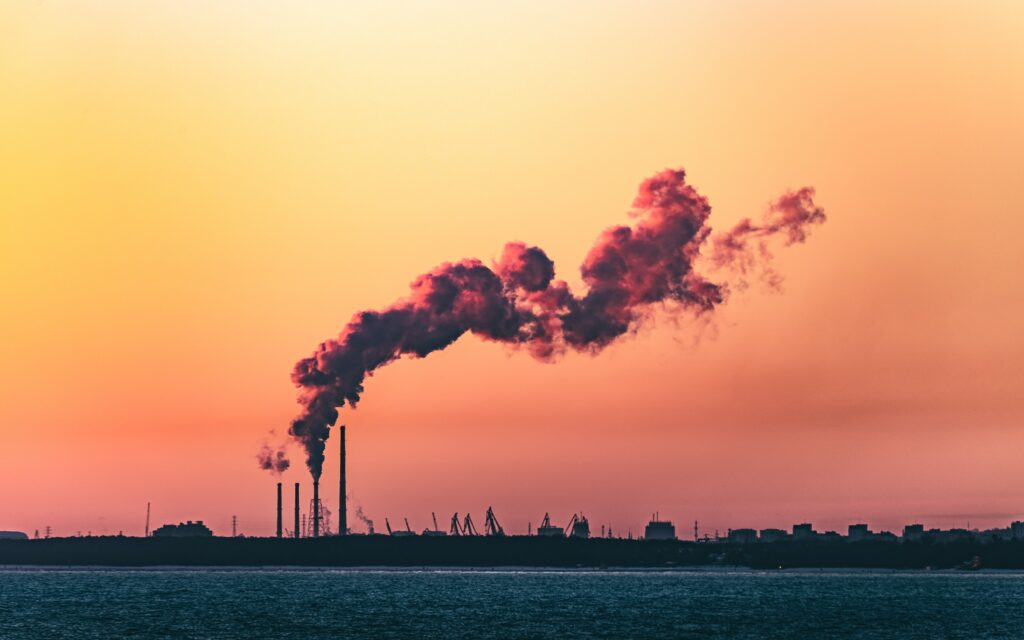Rising populations and dwindling water supplies have caused many countries, such as the Middle East, Australia, California and China, to turn to the oceans and other salt waters as a source of drinking water. But desalination plants are energy intensive and produce a potentially environmentally harmful waste product called “sludge” (composed of concentrated salt and chemical residues), which is discharged into the ocean, injected underground or spread on land.

Despite the ecological risks, “there was no complete assessment of the sludge, including the amount produced,” says Manzoor Qadir, deputy director of UNESCO’s Institute on Water, Environment and Health. So he and his colleagues calculated this amount and found that it was 50% higher than the rough estimate previously put forward by the desalination industry. Indeed, that would be enough to cover Florida with a foot of sludge each year.
